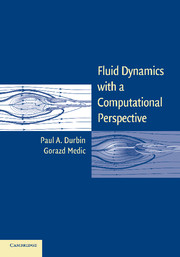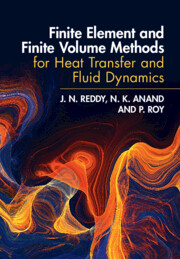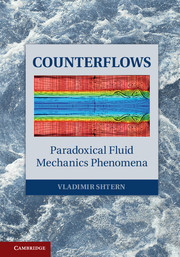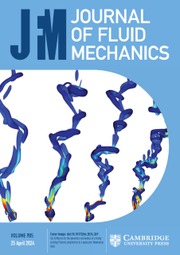Fluid Dynamics with a Computational Perspective
Modern fluid dynamics is a combination of traditional methods of theory and analysis and newer methods of computation and numerical simulation. Fluid Dynamics with a Computational Perspective synthesizes traditional theory and modern computation. It is neither a book on methods of computation, nor a book on analysis; it is about fluid dynamics. The book is ideal for a course on fluid dynamics. Early chapters review the laws of fluid mechanics and survey computational methodology, following chapters study flows in which the Reynolds number increases from creeping flow to turbulence, followed by a thorough discussion of compressible flow and interfaces. Whereas all significant equations and their solutions are presented, their derivations are informal. References for detailed derivations are provided. A chapter on intermediate Reynolds number flows provides illustrative case studies by pure computation. Elsewhere, computations and theory are interwoven.
- Offers an integrated treatment of fluid dynamics theory and computation
- Problems at the end of each chapter
- Heavily illustrated
Product details
January 2014Paperback
9781107699311
362 pages
254 × 178 × 19 mm
0.63kg
Available
Table of Contents
- 1. Introduction to viscous flow
- 2. Elements of computational analysis
- 3. Creeping flow
- 4. Intermediate Reynolds numbers
- 5. High Reynolds number and boundary layer
- 6. Turbulent flow
- 7. Compressible flow
- 8. Interfaces.







